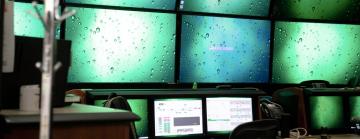During COVID-19, SLAC experiments continue with the help of remote technology
The lab’s X-ray laser recently joined other facilities in making remote science possible from any corner of the world, a trend that will likely continue into the future.
By Stephanie Melchor
Like many others around the world, Hasan DeMirci’s lab at Koç University in Istanbul shut down for a few weeks at the start of the COVID-19 pandemic, but then quickly reopened and shifted gears to study SARS-CoV-2, the virus that causes the disease. DeMirci wanted to study how FDA-approved drugs used to treat other infections would interact with the virus’s main protease – a protein that snips apart viral proteins and releases them so they can enter and infect cells.
To get a better idea of how the candidate drugs and the protease interact inside the human body, he planned to study these interactions at room temperature, rather than at the freezing temperatures generally used for X-ray crystallography studies of protein structure.
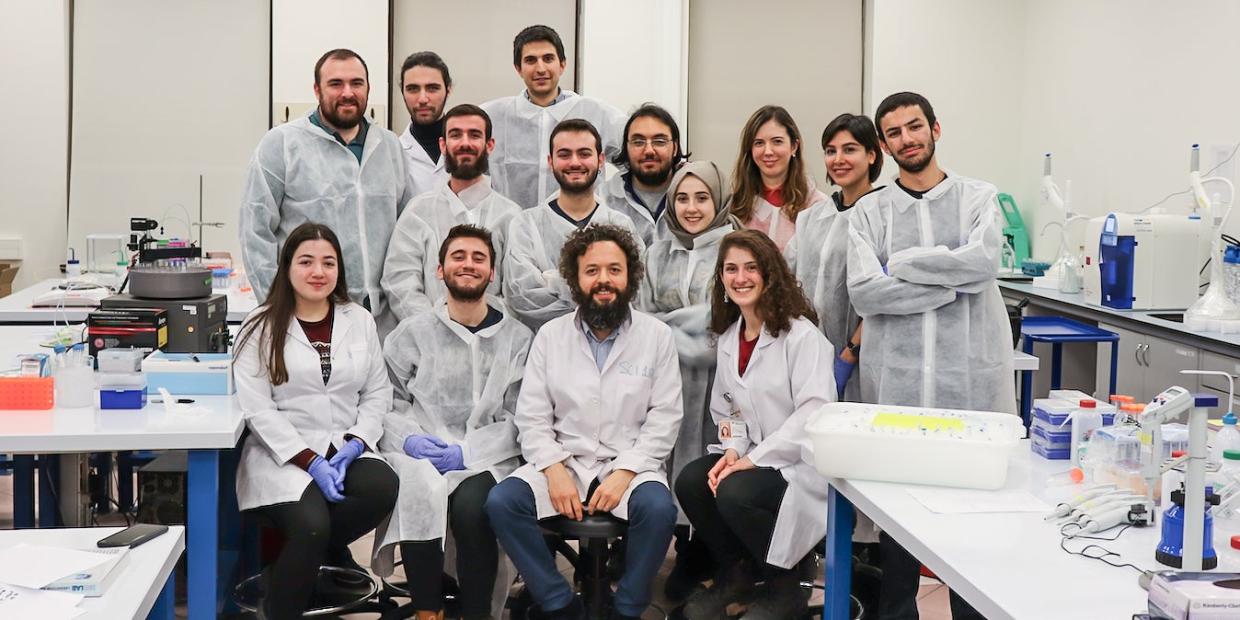
So he applied for access to one of the few facilities in the world where this type of study can be done at room temperature and high resolution: a pioneering X-ray free-electron laser at the Department of Energy’s SLAC National Accelerator Laboratory, where he had previously been a member of the Biosciences Division.
There was just one problem.
Because of pandemic restrictions, DeMirci had no way to travel to SLAC to carry out the experiment or grow delicate crystals containing many copies of the viral protease for examination with the X-ray laser beam.
So he took a risk. He and his team grew the crystals in Turkey and shipped them to SLAC’s Linac Coherent Light Source (LCLS) wrapped in layer after layer of organic Turkish cotton, hoping it would protect them from temperature fluctuations along the way.
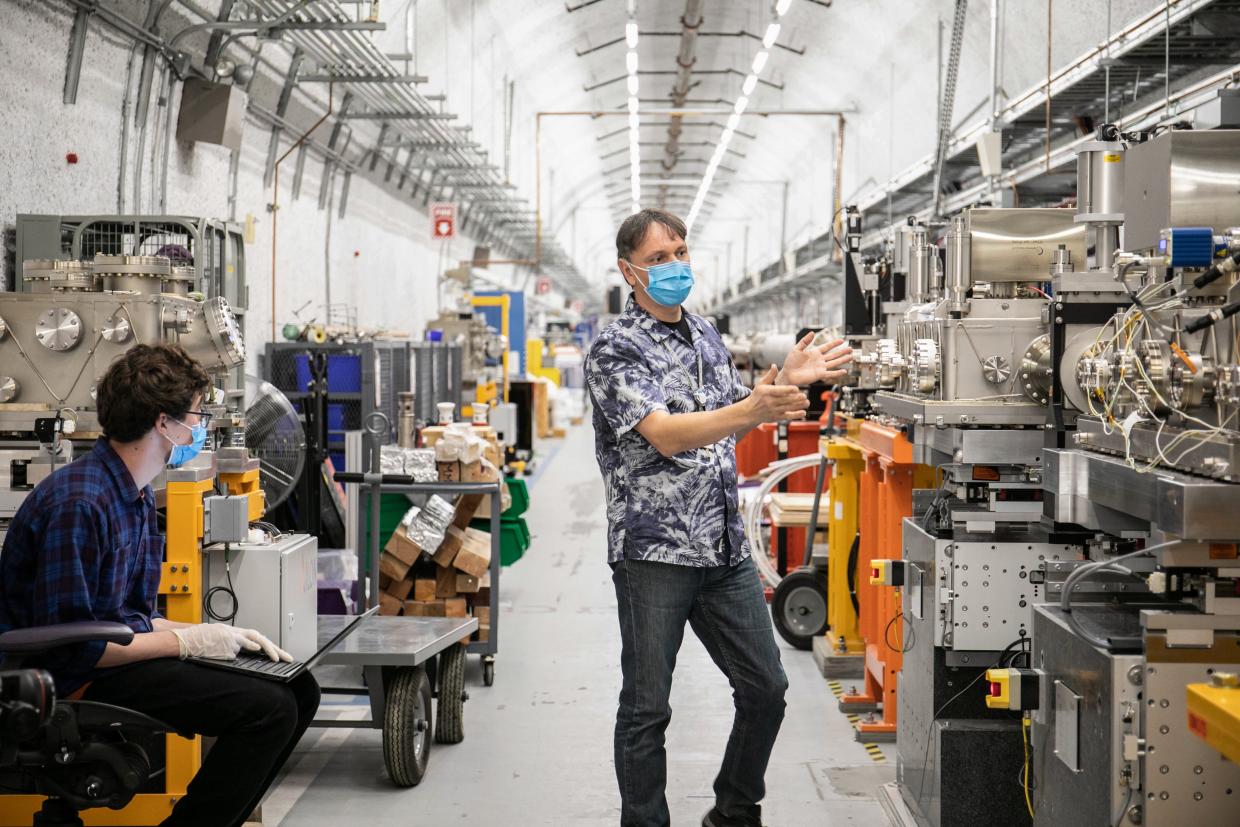
To their relief, the samples arrived safely. And LCLS had already been preparing to make remote experiments like this possible. Their challenges? A massive amount of data that streams in real time; controls that normally take a whole array of screens, reminiscent of mission control for a rocket launch; and the critical need to ensure the data transmission is secure, so that only the investigating group can access the experiment.
SLAC’s shelter-in-place began while the facility was already shut down for upgrades to its scientific tools, but a planned next run of experiments was on the horizon. Everyone at LCLS took a moment to get their bearings and to check on their families. And then they started brainstorming, said Alex Wallace, head of the Platform Development Department for LCLS control systems. “As quickly as we could, we started figuring out, okay, how are we going to make this work?”
Drawing on the creativity and technical expertise of their engineers, LCLS used a combination of video-conferencing technology, like Zoom, and video capture cards like those used by professional gamers to stream to sites like Twitch to securely display all the experiment’s control panels and data acquisition and analysis screens so DeMirci’s team and their collaborators could participate as if they were in the room. Dozens of young scientists in Turkey took virtual shifts at the beamline, collecting and analyzing data. They were the first LCLS remote users and the first to study room-temperature crystals using a new detector that takes pictures with much higher sensitivity and range than previous models.
“Everything worked beautifully,” DeMirci said. And the ability to work remotely was “just an amazing equalizer,” he said, because like many scientists around the world, he didn’t have funding to send his whole team to California, with or without a pandemic.
LCLS is one of a growing number of SLAC facilities that lets scientists do experiments and operators control equipment remotely, which has been a big boon during the pandemic and will likely have long-lasting implications for making science at LCLS and elsewhere at SLAC more accessible.
Wallace said he doesn’t think the need for more remote access will change even after the pandemic dies down. “I think this whole idea of remote operation and remote work and all that stuff is here to stay,” he said, with improvements that will make the technology even more available to scientists who otherwise wouldn’t be able to use it.

Remote microscopy with S2C2
At the SLAC-Stanford Cryo-EM Center (S2C2), one of three NIH national service centers for cryo-electron microscopy, the challenge was protecting staff. It had a central control room shared by all four electron microscopes – an ideal setup for collaboration between S2C2 operators that had to be reconsidered for safety once the pandemic started.
To allow social distancing while keeping all the microscopes up and running, the staff set up a proxy control station in a separate room for each microscope and used software to remotely access the controlling computers. They also used hardware emulators that mimic the physical controls on the microscopes, said staff engineer Patrick Mitchell.
During experimental runs, remote users can communicate with on-site staff through the Slack messaging app to get real-time data from the experiments, monitor data collection and communicate with on-site staff to make any adjustments.
“This is really convenient for users, because they can monitor the data collection on their phone, they can be out anywhere that they have internet access, and quickly say, ‘I noticed a problem on the microscope,' or 'I noticed that this sample isn't what I was hoping for,’” said Mitchell. “And they can communicate with us to make changes to optimize their time.” This kind of remote accessibility was always an option for users, he said, but S2C2 staff and users have become heavily reliant on it since the onset of the pandemic.
To continue training scientists on cryo-EM technology, the center hosted several remote workshops taught by leaders in the field for hundreds of participants around the world and trained researchers located entirely off-site on how to use the instruments.
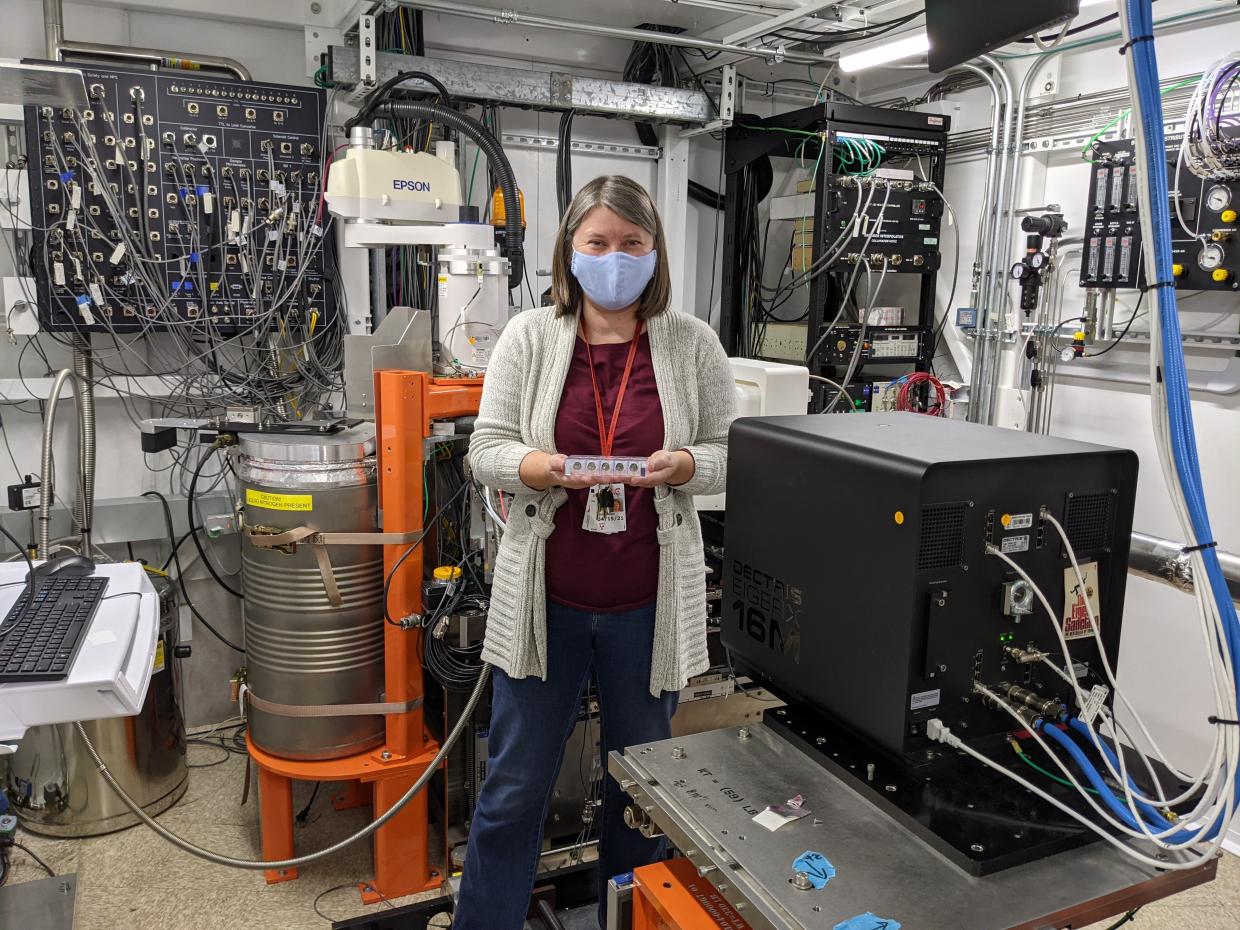
'We make possible the impossible'
Over 15 years ago, another SLAC facility, the Stanford Synchrotron Radiation Lightsource (SSRL), became the first synchrotron facility in the world to allow scientists to run X-ray crystallography experiments remotely. Remote users can control all aspects of their experiment through an intuitive software interface called Blu-Ice and highly automated equipment and robots that handle samples maintained at extremely low temperatures. This kind of remote data collection is now used by more than 95% of all SSRL crystallography users.
Aina Cohen, SSRL senior scientist and co-head of the Structural Molecular Biology Division, said her team is still leading the pack in developing ways to allow remote scientists to maximize their limited time with the X-ray beam and expand the types of experiments that can be done that way. “We're going to push the envelope of what is possible to do in a very automated remote way,” she said.
For instance, to address the growing interest in doing crystallography experiments at warmer temperatures, they’re developing special plates and shipping containers so scientists can grow crystals at their home labs and ship them to SSRL at controlled temperature and humidity. Instead of Turkish cotton, the walls of these containers are insulated with polyurethane and contain a phase-changing liquid that can hold a constant temperature for days. Prototypes have been sent out to a small group of test users, and the first remote room temperature experiments were conducted in late November.
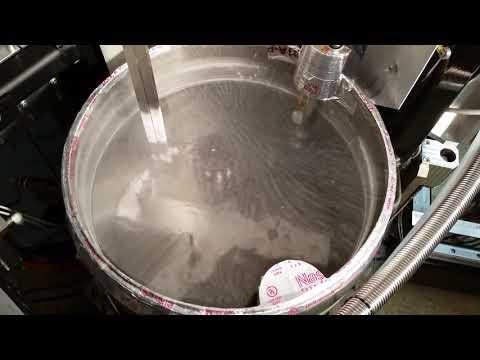
Robotic sample changer
A robot mounts samples, stored in liquid nitrogen, into an experimental station for X-ray crystallography at SLAC’s synchrotron, SSRL. (Aina Cohen/Silvia Russi/SLAC National Accelerator Laboratory)
When samples arrive at SSRL, a staffer loads them into a dispensing box at the beamline. The rest of the experiment can be run remotely: A robot grabs and loads the samples into the correct position in front of the X-ray beam, and scientists control their experiments through a desktop connection with Blu-Ice.
“Sometimes I feel that we make possible the impossible,” said beamline scientist Silvia Russi, who has been leading the effort to test and improve new tools for experiments at elevated temperatures. “That's an amazing moment, when you discover oh, wow! We did it!”
While some SSRL beamlines have been running remote experiments for years, the COVID-19 pandemic has definitely accelerated the expansion of remote technologies to other scientific areas, giving robots additional roles to reduce the need for on-site staff, said SSRL senior scientist Thomas Weiss, who leads the structural biology Small-Angle X-ray Scattering (SAXS) group. He said they really had no choice, given the pandemic restrictions:
“Either you do it remotely, or you don't do the experiment at all.”
LCLS and SSRL are DOE Office of Science user facilities. Remote capabilities, including Blu-Ice, robotics and automation, were developed by scientists with the SSRL Structural Molecular Biology Program, which is supported by the DOE Office of Biological and Environmental Research and by the National Institutes of Health, National Institute of General Medical Sciences.
For questions or comments, contact the SLAC Office of Communications at communications@slac.stanford.edu.
SLAC is a vibrant multiprogram laboratory that explores how the universe works at the biggest, smallest and fastest scales and invents powerful tools used by scientists around the globe. With research spanning particle physics, astrophysics and cosmology, materials, chemistry, bio- and energy sciences and scientific computing, we help solve real-world problems and advance the interests of the nation.
SLAC is operated by Stanford University for the U.S. Department of Energy’s Office of Science. The Office of Science is the single largest supporter of basic research in the physical sciences in the United States and is working to address some of the most pressing challenges of our time.
